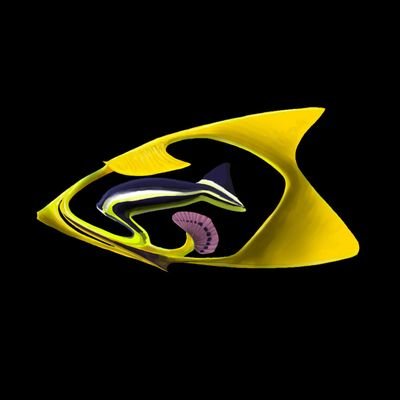1 件中 1〜1件を表示
Laimargia is one of the most characteristic and recognizable organisms in the Polinices reefs. This basal pharyngopod has developed detritivorous habits, so its zooids are adapted to engulf sand and digest the organic matter found in it, something they achieve thanks to their (+)
11
72


